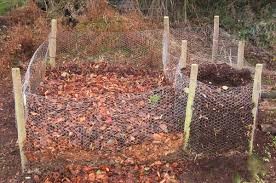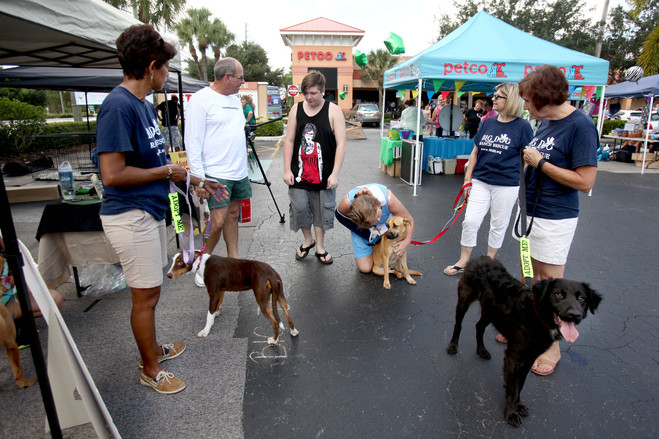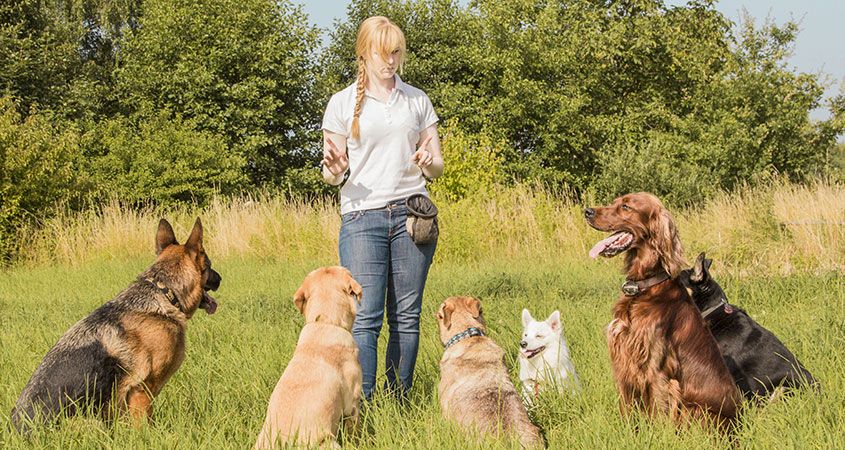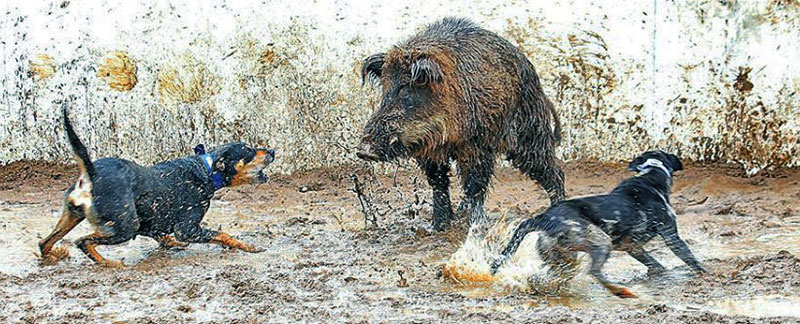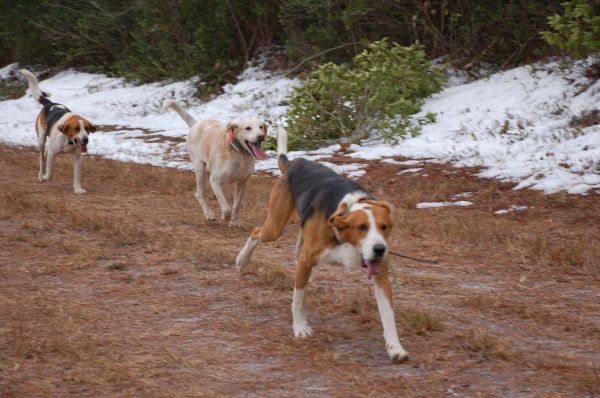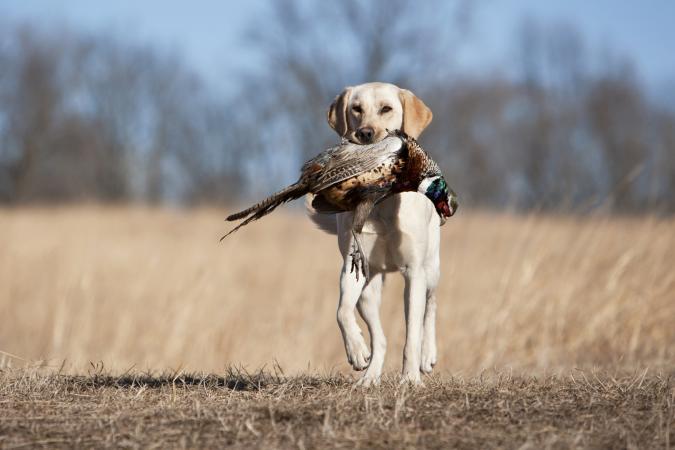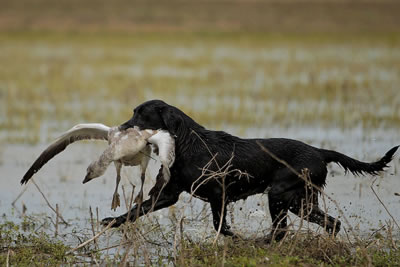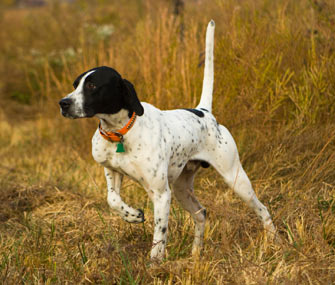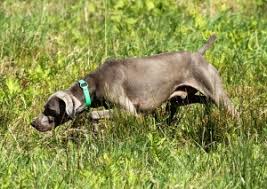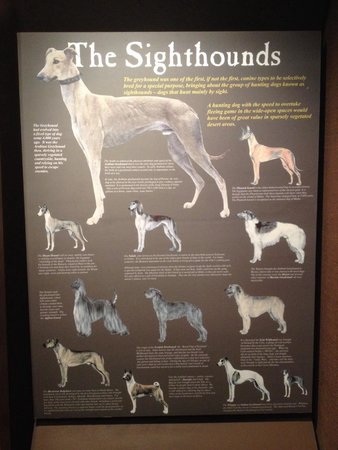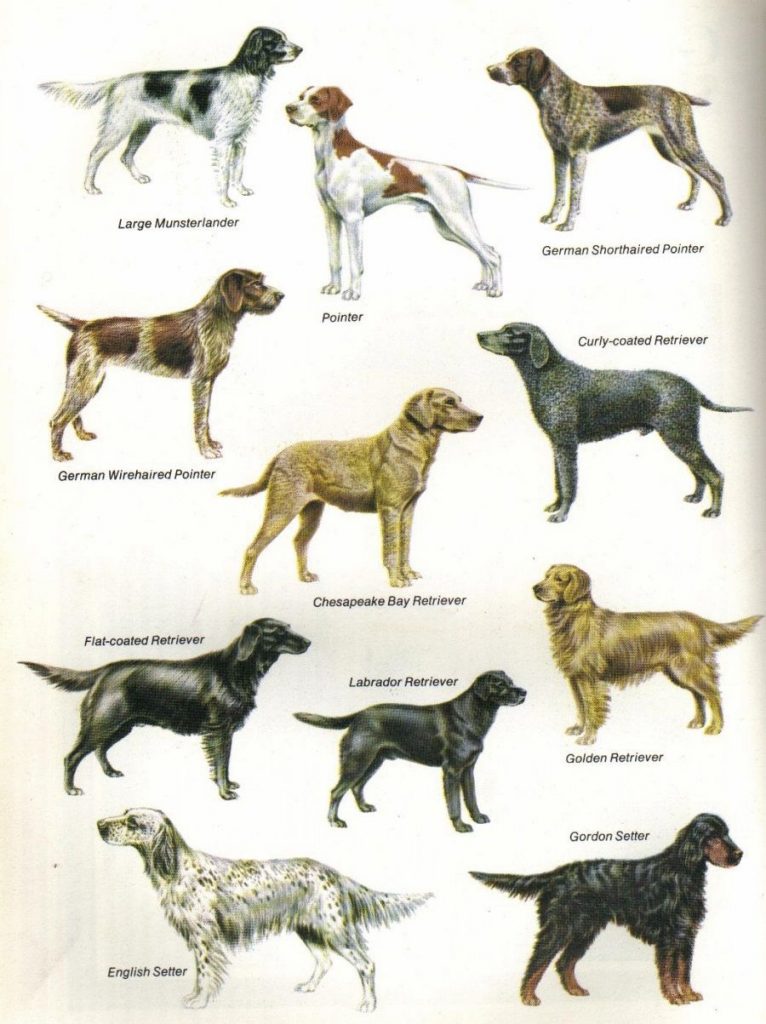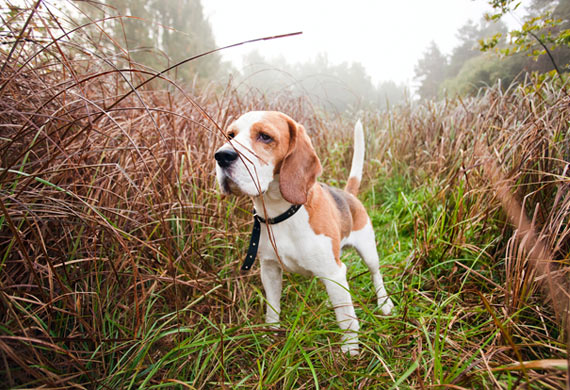Written by Cody on The Prepper Journal.
Prepping is not just about stocking up for an event such as an economic collapse or a natural disaster that rends away the systems that keeps modern society functioning. It’s also about independence, self-reliance, family and community cohesion, and pride in our ability to survive.
We can be self-reliant in a number of ways, by for example, being self-reliant for food with having a smart crop rotation, raising our own cattle and keeping our own bees.
We can also be self-reliant for water, ensuring a fresh, drinkable water supply is available by either harnessing natural fresh water available, or by using filtration and pumping technology to recycle water which may be contaminated.
But ensuring we have fuel, for warmth, for cooking, to operate machinery like water systems and to power utilities such as lights and battery charging stations is of the utmost importance as without it, all the other essentials for survival become more difficult to obtain.
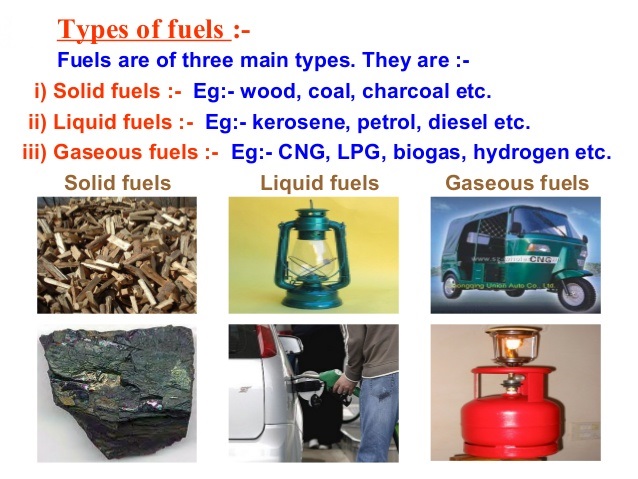
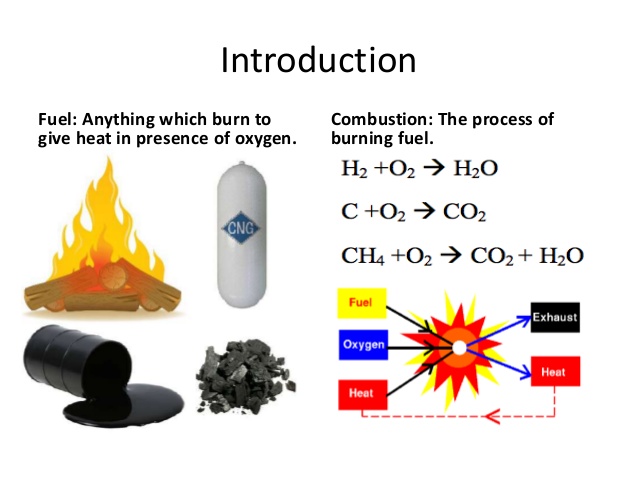
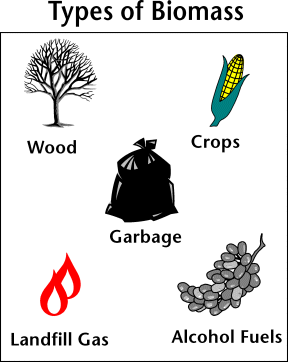
Two Main Categories of Fuel
Not every fuel can be used in every way and so you’ll most probably need to rely on multiple fuels to keep your systems up and running.
You may have an abundance for wood for home cooking for example, but this can’t necessarily be used to power your generator for lights, refrigeration, water pumps, etc. And if you do run out, have you got a different fuel type to fall back on?
To get an idea of what kind of fuel diversity you’ll need, first we need to break the fuel types down into two distinct categories: fuels for domestic use and fuels for heavy duty use.
Domestic Fuel
Your domestic fuels such as wood, propane, kerosene or solar are relatively easy to obtain and maintain a supply of. They’re typically used for things such as cooking, home heating and boiling water.
These fuels provide the essentials for survival and for an individual or a family who lives a simplistic, modest lifestyle. Living this way can be easy with the safety net of society always there to fall back on, but without it you’ll find that relying on these fuels alone will be difficult and time consuming.
However, they can supply you with more than enough power for your domestic needs and some are renewable enough to last you for quite some time. They make great supplementary fuels so that you can make your heavy duty fuels last longer.
Heavy Duty Fuel
From the perspective of a prepper or a homesteader, heavy duty fuel is used for powering internal combustion engines. Having a generator, a vehicle or heavy duty tools make life a lot easier and are often required as a means of sourcing other survival essentials. Especially if you are a part of a larger prepper community.
Gasoline is by far the most common fuel used for home generators and vehicles. Modern diesel and gasoline is produced by a specific process with additives and fortifications resulting in a complex mixture that many think is required for a combustion engine to work.
On the contrary, a combustion engine will run from anything that can fill its combustion chamber and be ignited to produce enough energy to get the engine going. Popular diesel fuel alternatives include the use of ethanol and bio-fuels such as wood gas and even vegetable oil.
Practical Domestic Fuels
Just how pragmatic a fuel can be will depend on a number of factors. How easy is it to acquire? Can it be easily reproduced? Can it be easily stored and for a long time? Is it efficient? And can it be used in different ways?
The answers to these questions can vary on things such as your location, state restrictions, how much land you have, how much of it you’ll need and whether you have the means to acquire it, process it and store it.
Fire Wood
Wood has been the reliable fuel of choice by humans since the discovery of fire. For the modern man, it can be used for cooking, heating, for lighting and even for central heating if you have a wood fueled boiler.

It is a great supplementary and domestic fuel source for preppers who live in rural and even suburban locations. If you have your own land with the right trees, or a permit to go chopping in a local forest then you have a sustainable fuel source that you can stock up on!
Many people chose to simply burn their wood in a fireplace or just as a campfire, but much of the heat is lost into the air or up the chimney this way and is less efficient.
A common mode of home heating and cooking with wood is the humble wood stove which directs heat forwards and allows a safe space for the wood to combust. Quality wood stoves for preppers would not incorporate a catalytic combustion feature, as the catalyst element degrades over time and will need replacing.
Of course, even though wood is sustainable so long as it is harvested sustainably, the over use of wood can be a problem as it can easily run out, and even if you’re replanting trees, they do take their time to regrow.
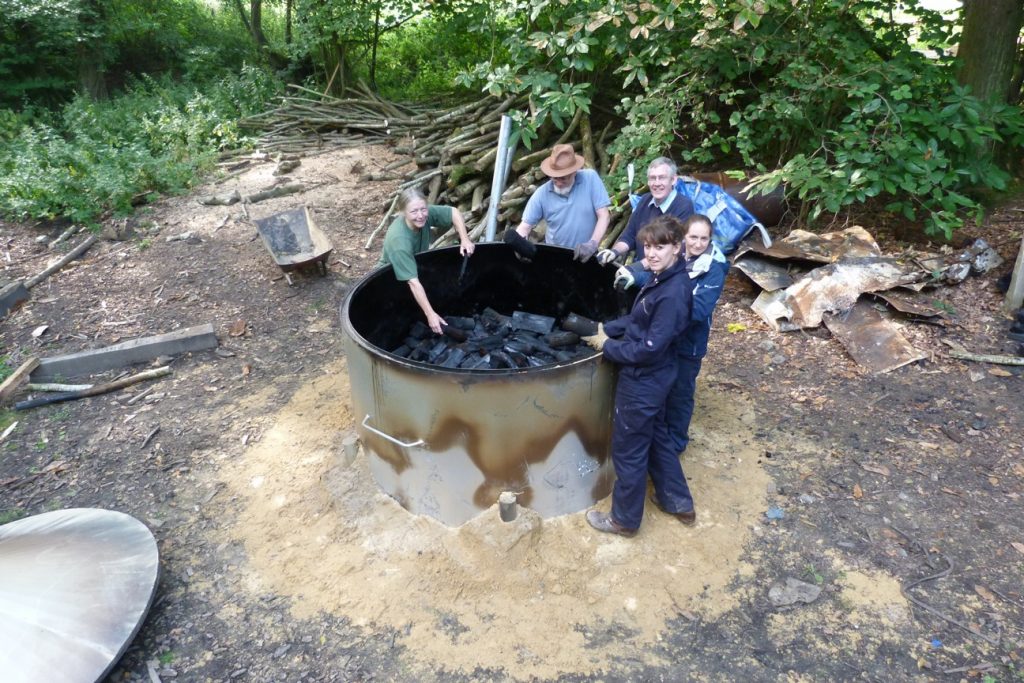

Many prepare their wood into wood chips by using a wood chipper or burn wood in a low oxygen environment to produce charcoal which can then be used as fuel and stretch your wood source for longer.
Once you have obtained and split your firewood, it will need to be seasoned before use which is a process of drying the wood over a period of time (usually around 6 months). During this time it will need to be stored in a dry place such as a wood shed as moisture will cause it to rot.
Solar Power
Using solar power is a fantastic way to save on your other means of fuel whilst solar energy is available. You can set up an off grid solar power system in which the energy absorbed by solar panels would be stored in a battery for use or you can purchase separate solar powered gadgets and appliances which are handy to have when no other power sources are available.
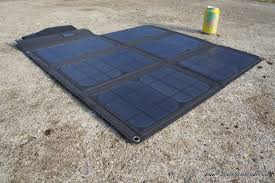
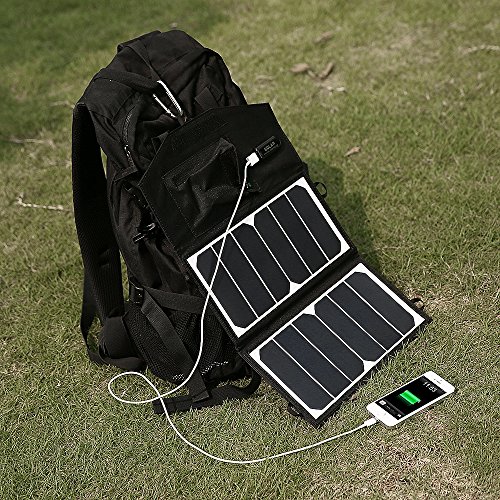
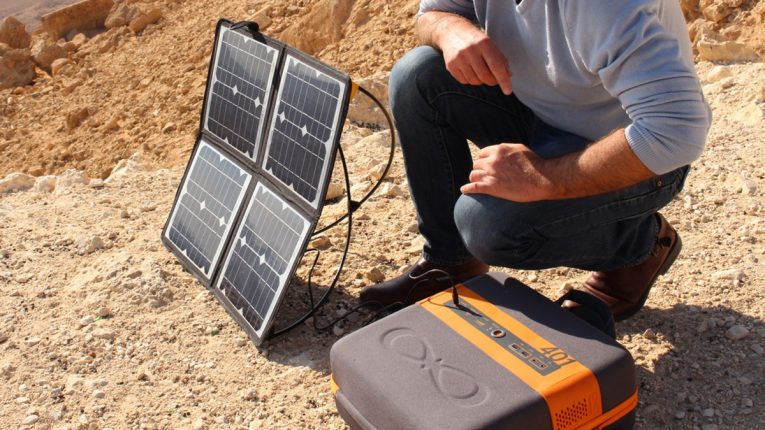
For instance did you know that solar powered freezers are available? Freezers and refrigerators can be a huge drain on energy since they need to be run all the time, but are vital for preserving food and medicine. Having stored solar energy just in case a generator goes down or another fuel runs out can be a life saver!
Even in low conditions, solar power can be used for charging batteries, cell phones or lighting which is unbelievably useful in and of itself. With the right set up using decent inverters and batteries with at least 600 watt/hour of usable capacity, can drastically reduce your monthly energy bills.
Propane
When crude oil is broken down during the refinery process, several classes of product are obtained: refinery gasses, kerosene, gasoline, diesel oil and other residues. Propane is one of the refinery gasses alongside methane, ethane and butane.
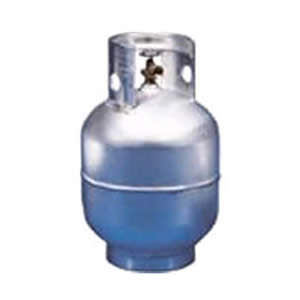
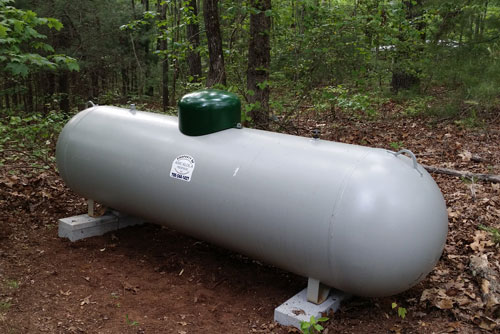
As most RV owners and those who live outside of the range of the natural gas pipelines will know, propane can be purchased in cylinders that can be connected directly to the device or appliance that requires it.
Even though it can be quite a pain to stock up on and store, it is versatile as you can purchase many devices and appliances that use propane such as space heaters, generators and cookers. And even more devices, appliances and even vehicles can be converted to run off of propane (even though this may not be a wise decision).
The benefit of using propane is it is highly energy efficient meaning that you get a lot of power for the amount that you burn and it is regarded as clean fuel in the 1990 Clean Air Act as well as the Energy Policy Act of 1992.
Additionally, propane is a great fuel to store up on because it does not suffer much degradation over time unlike gasoline or firewood. However, pressurized propane tanks can be dangerous if not handled and stored correctly though, so ensure that you know what you’re doing to avoid any accidents.
Kerosene
Kerosene, another by-product of the crude oil refinery process is also another fantastic fuel to store over a long period of time. It is not as volatile as gasoline meaning it’s less likely for any mistakes to cause a major incident.
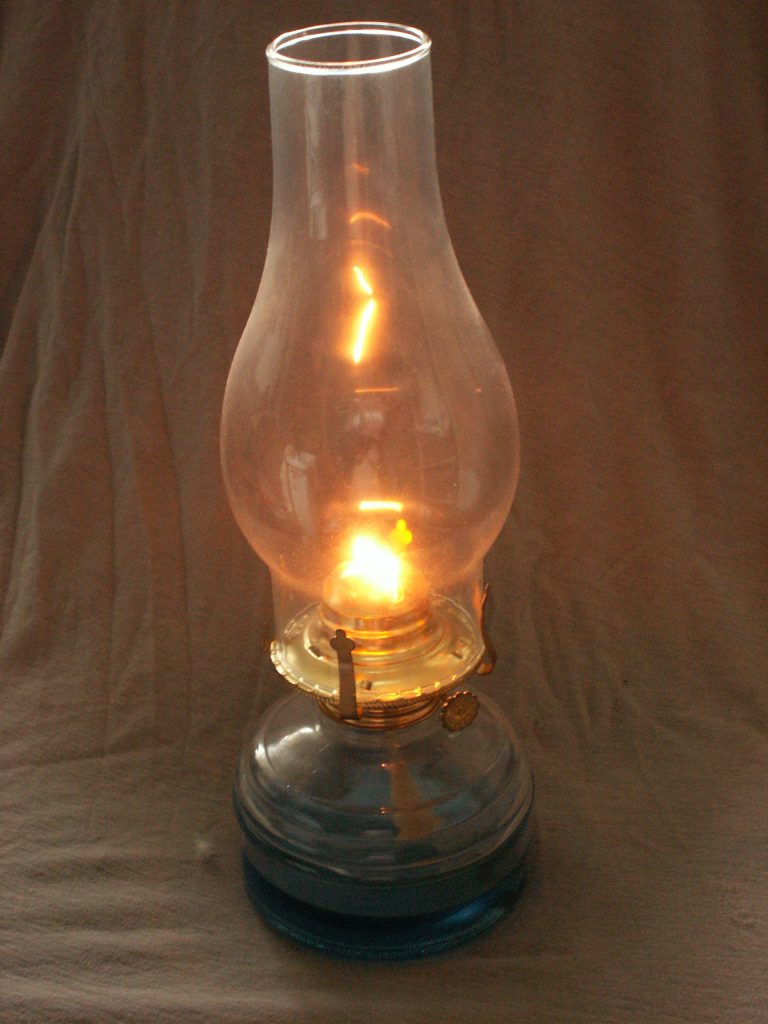
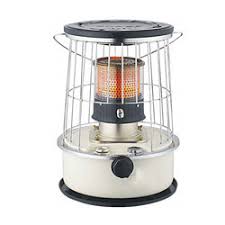
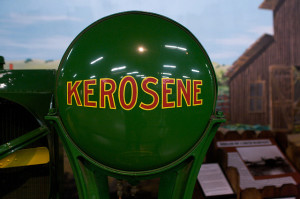
It’s highly versatile and can be used in stoves for cooking and heating or used for lighting. Kerosene fueled lighting may not be the safest as an accidental spillage could cause a fire but having kerosene lamps as a backup light source is extremely handy.
It’s a lot more efficient to burn than propane as its chemical makeup allows it, in simple terms, to store more energy and it’s easier to source and cheaper. This means not only are you getting a decent back up fuel source, it’s also great value for money.
The benefits of kerosene doesn’t just stop at being a fuel source either. It makes a great cleaning agent for bicycle and motorcycle chains and has in the past been praised as an effective home remedy for head lice, although one need to use it as such as a last resort as it is a toxic substance which can cause damage to the skin, burns and scarring.
Practical Heavy Duty Fuels
Gasoline
This is the most popular fuel that preppers stock up on, particularly for bug outs. There’s good reason for this because more vehicles used in the US are gasoline based rather than diesel.
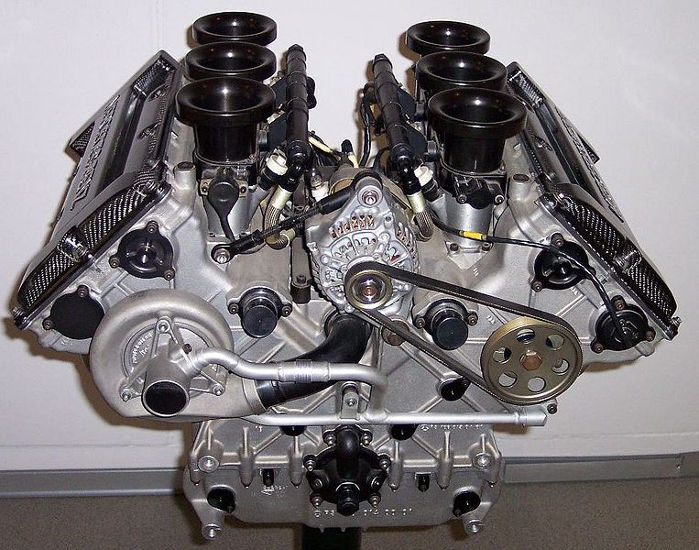
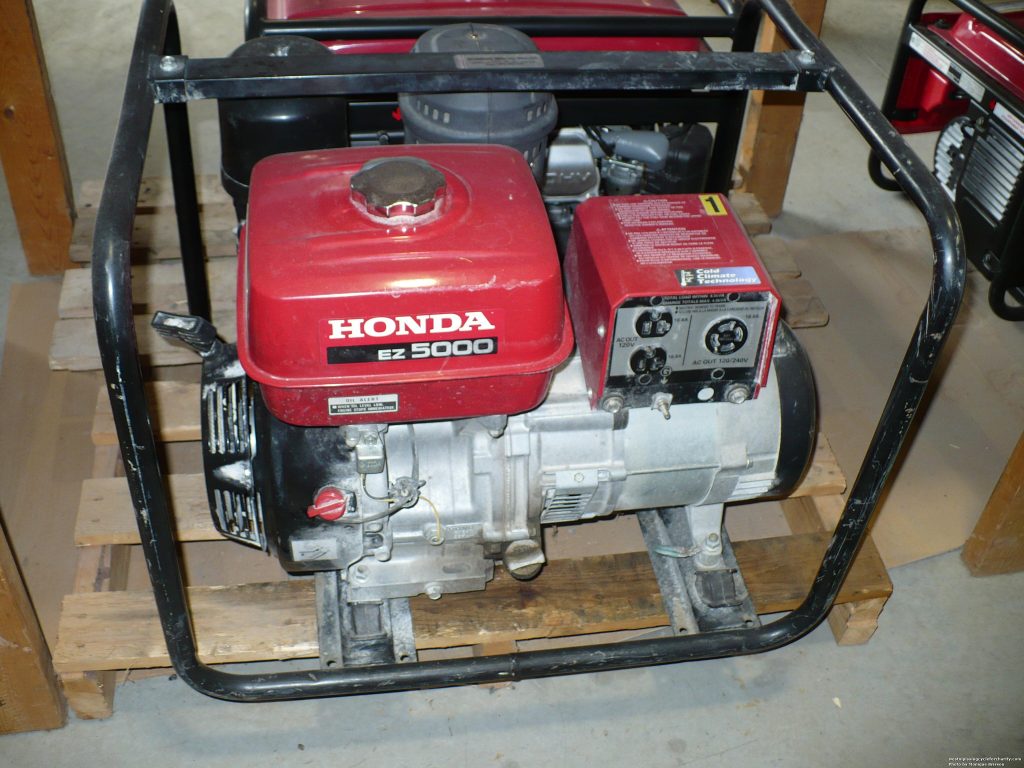
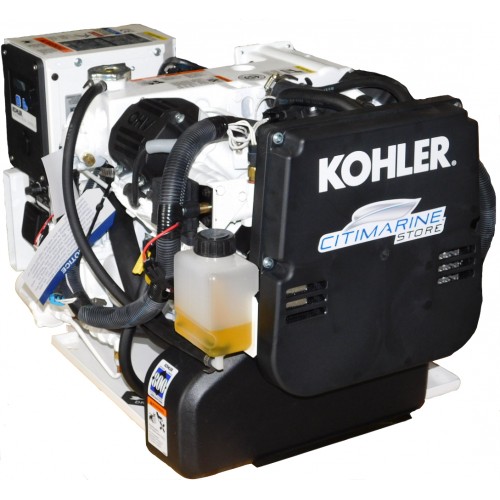
If it comes to a SHTF scenario, the gas pumps may no longer have power to deliver your fuel to you, and so many others will rush there to get some last minute emergency fuel that it wouldn’t be viable anyway. And that’s why it’s wise to have it stored.
The problem with gasoline as whilst it’s easy enough to stock up on, it hasn’t got the lifespan that many other fuels do have and there’s not much possibility of you being able to produce it for yourself when it runs out.
Gasoline has about a year in storage before it becomes totally unusable but you do have the options of purchasing certain additives which can increase its lifespan. The additive will need to be introduced to the gas every year to ensure it remains useful to you.
Of course, in the SHTF scenario, a massive survival strategy would be to scavenge gas from abandoned vehicles. This means you should without a doubt have yourself a siphoning kit and learn to siphon gas efficiently so that you can always be on the lookout for more fuel to keep your vehicles running and keep your generators going.
With that said, gasoline is highly volatile and needs to be stored safely and out of the elements. No direct sunlight should be able to reach your gas stocks, no ignition source anywhere near by and it should be stored in a separate building to your living area to avoid any major incidents.
Diesel
Although not as popular as gasoline, diesel is known as a more efficiency fuel, especially for larger vehicles which are usually used as bug out vehicles. However, if you thought gasoline has had a short shelf life, diesel can be stored for between 6 – 12 months, and that’s in ideal conditions.
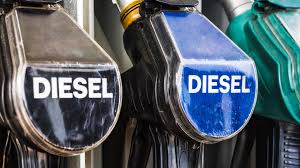
Just like with gasoline though, additives such as fuel stabilizers, can be bought and added to the fuel to extend its lifespan. They work by reducing its degradation following exposure to light and oxygen.
There is also the option of nitrogen blanketing the tank which is the process of removing the oxygen from the storage tank by replacing it with nitrogen. It greatly extends the life of diesel and also mitigates much of the risk of explosion.
Gasoline and Diesel Alternatives
When thinking of long term survival in regards to fuel, we have to consider the possibility of the fuel running out and whether there are other useful alternatives to these fuels that may not be as efficient but are cheap and easy to obtain.
Wood Gas

Timber or charcoal can be converted into a usable gas for combustion engines using a wood gas generator. It’s a diverse fuel that can be created from on-hand materials and is far cleaner than petroleum based fuel.
A DIY wood gas generator can be made if you are quite talented at engineering but it’s not recommended. A downside to wood gas is that it contains a high concentration of carbon monoxide making it highly toxic and so it will need to be very securely contained.
If you can get your hands on a reliable wood gas generator, you will be able to fuel your generators and vehicles using a fuel that you can make yourself. It allows you to go without relying on the products of big oil companies which to some preppers, is a huge benefit.
Ethanol

Most diesel and gasoline formulations that you buy now are a formulation containing about 10% ethanol, the reason being, ethanol, whilst being less efficient than petroleum based fuels, still releases enough energy when combusted to run an engine. The exhaust produced is also a lot cleaner.
It’s cheap to obtain and can be made easily enough by fermenting vegetable matter like corn or sugar beet. After fermenting the crop, you’ll need to refine the ethanol/vegetable mush to extract the pure ethanol.

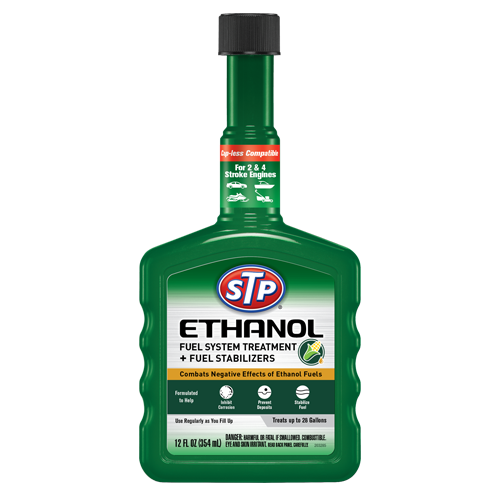
If you plan on doing this yourself, check your state laws as although distilling your own alcohol is legal in most states, ethanol can be problematic as they’ll think you are in the business of making moonshine.
Also if you are distilling alcohol to be used as a fuel, you’ll need to go to measure to make it undrinkable and you may need to pay a tax as well.

Just how good ethanol can be does depend heavily on the kind of engine you are running on. Older engines, that is pre-2001, may have a better time with running on higher percentages of ethanol but too much can cause damage to the engine and render it unusable altogether.
Bio-diesel
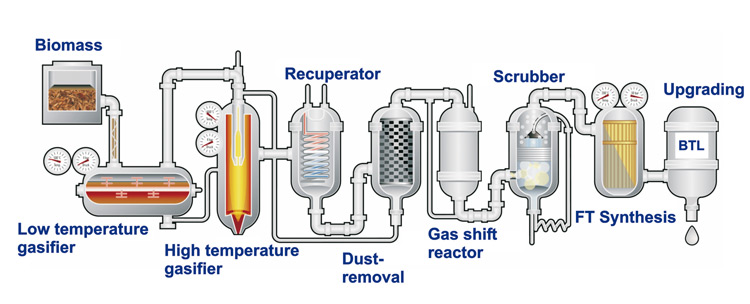
Another alternative is the use of a diesel engine to run from bio-fuels such as plant based oils. Diesel engine models, particularly older ones, do not use a spark plug to ignite the fuel and instead use the heat generated from compression allowing items like cooking oil to be used as a fuel for vehicles.
Unfortunately it’s not just a case of putting the cooking oil straight into your generator or vehicle and some processing will be required to remove the glycerin. This is done by mixing lye and methanol into a solution which is then added to the oil to separate the biodiesel from the glycerin.
Even though a diesel engine can start from the use of bio-diesel, one of the downsides is that it can sometimes take longer than you would expect if the oil in the tank is cold. Other drawbacks include the propensity it has to corrode rubber tubing, caps and other components and that it gels in low temperatures, more so that gasoline.
No pure renewable cost efficient pollution-free fuels have really come to the market but, as preppers, we need to make do with what is available, what is reasonable to produce/obtain and store, and what will work best for our individual needs.
Follow The Prepper Journal on Facebook!
The post Practical Fuels for Off-Grid Survival appeared first on The Prepper Journal.
from The Prepper Journal
Don't forget to visit the store and pick up some gear at The COR Outfitters. How prepared are you for emergencies?
#SurvivalFirestarter #SurvivalBugOutBackpack #PrepperSurvivalPack #SHTFGear #SHTFBag





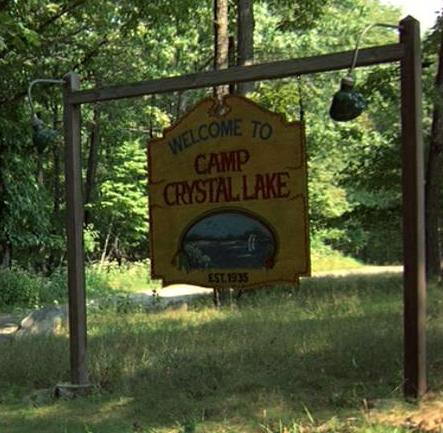
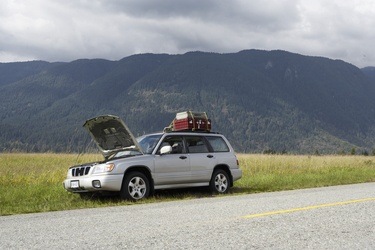

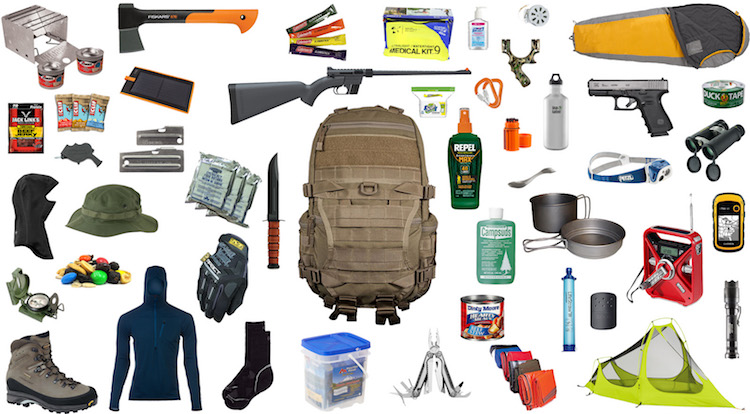

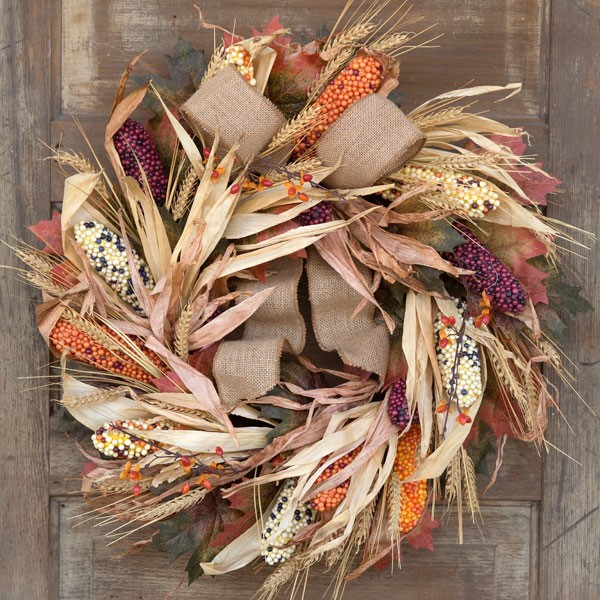

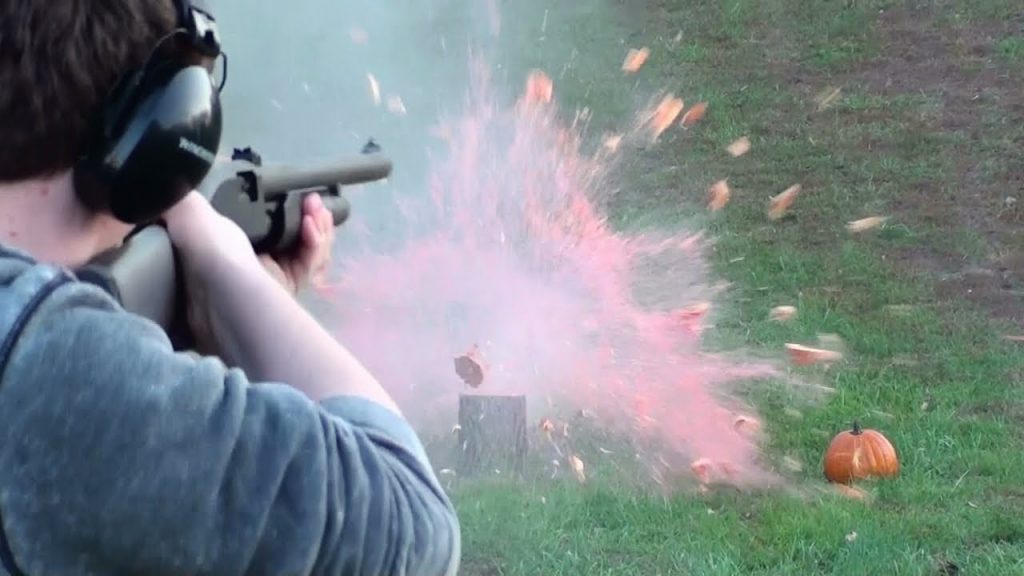
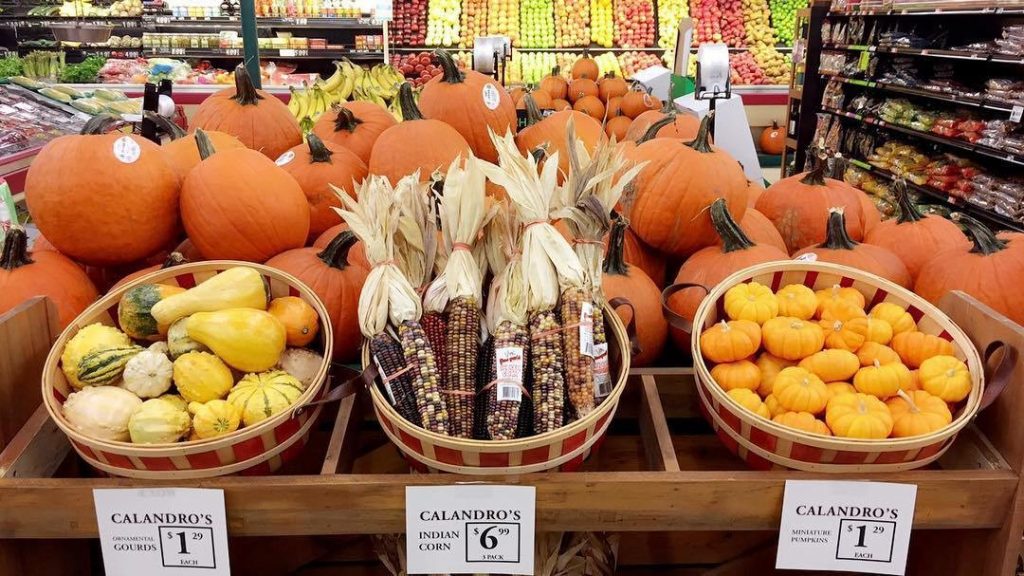

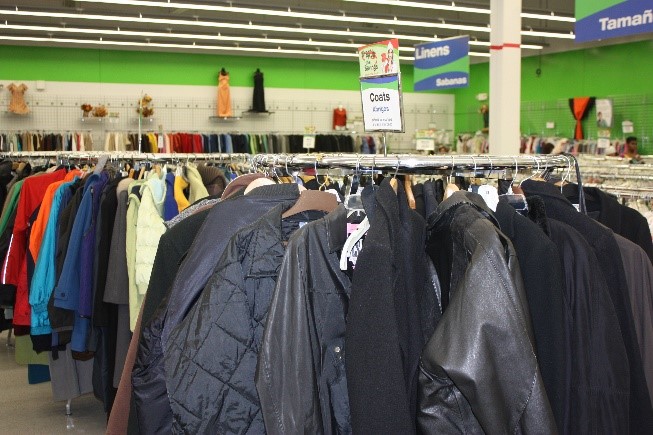

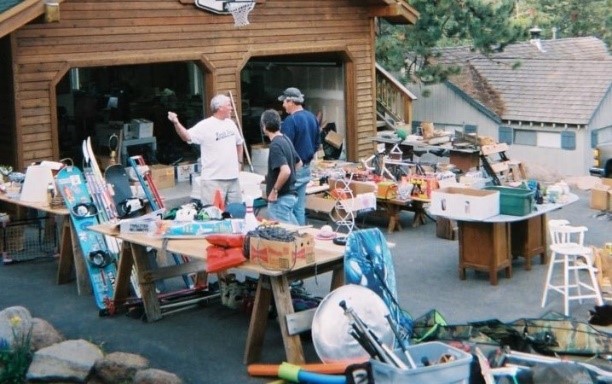


 (
(